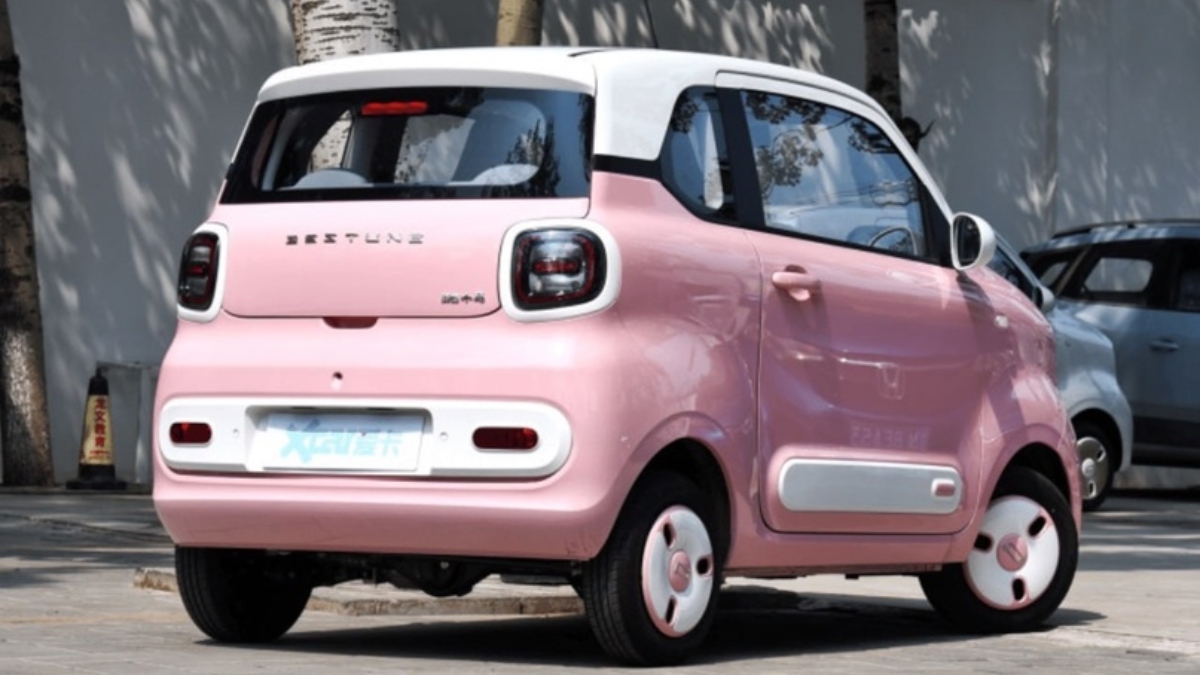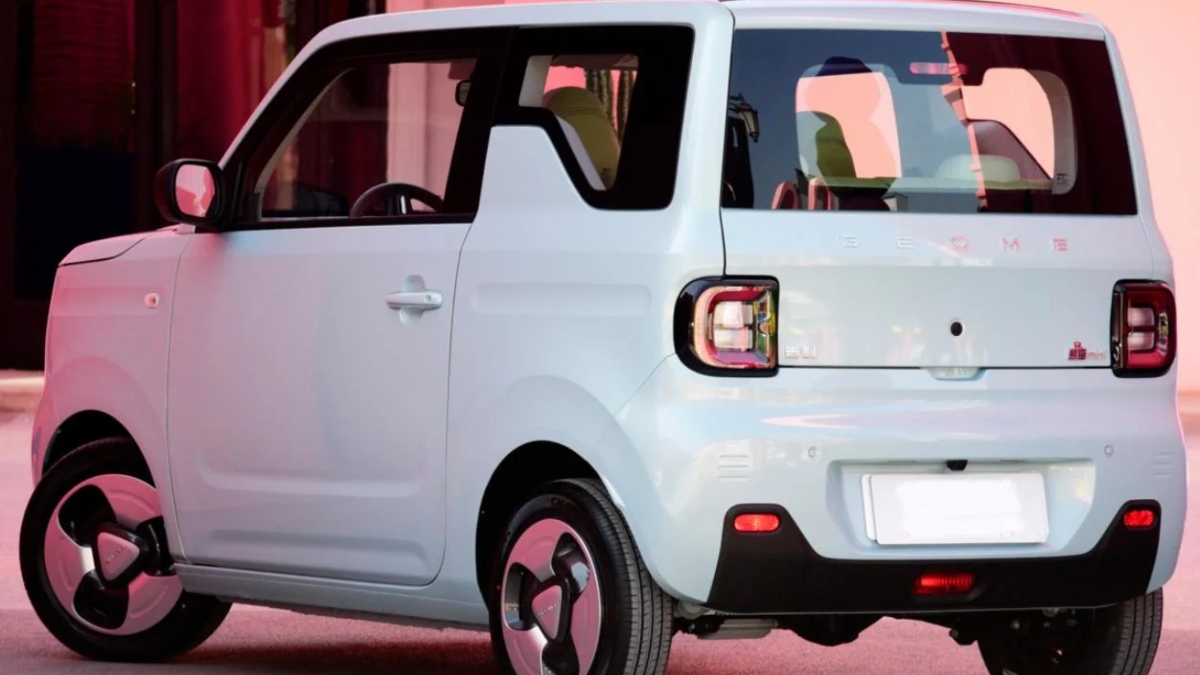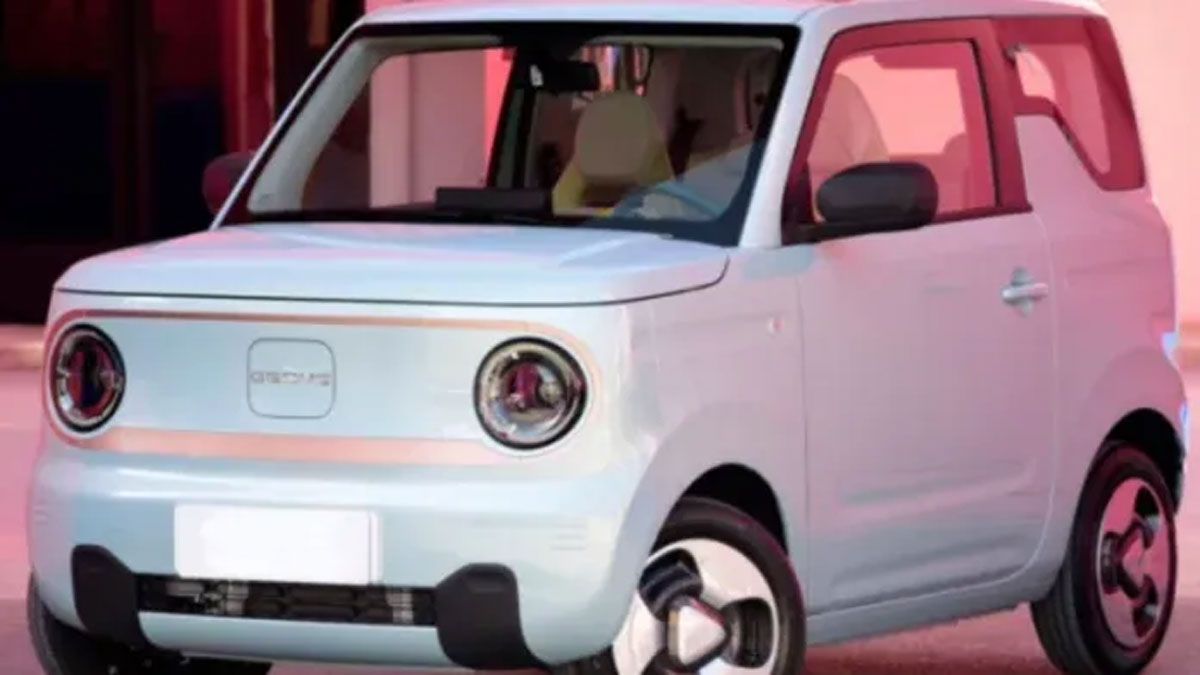The Xiaoma Small Electric Car, manufactured by the Chinese automaker FAW, is set to hit the market with an enticing starting price of just Rs 3.47 lakh ex-showroom. This car features a flat dashboard and user-friendly rotary control dials, making it accessible to a wide range of drivers.
Stylish Dual-Tone Design
The interior of the Xiaomi Small Electric Car is charming and functional, boasting a 7-inch touchscreen infotainment system. The vehicle flaunts an attractive dual-tone color scheme, and it falls under the category of micro EV cars. It made its debut at the last Shanghai Auto Expo, generating significant buzz.

Initial Launch in China, Global Expansion to Follow
The Xiaomi Small Electric Car is slated to hit the market by the end of September 2023, with the initial launch in China before expanding to global markets. While there is no official word on its release in India, given the rising demand for EVs in the country, it’s expected to make its way here soon.
Eye-Catching Headlamps and Aerodynamic Wheels
This compact EV comes with a starting price of Rs 5.78 lakh ex-showroom for the top model and offers dual-tone color options. It boasts large square-shaped headlamps that enhance its aesthetics. The car features aerodynamic wheels, contributing to its extended range.
Appealing Tail Lamps
The Xiaomi Small Electric Car stands out with its attractive tail lamps. It’s built on the FME platform and comes in two sizes: A1 and A2. The car boasts a wheelbase of 1,953 mm and delivers an impressive driving range of up to 800 km on a single charge. With the extender, it can stretch its range to a remarkable 1,200 km.

Compact Dimensions for Easy Parking
Measuring 3000 mm in length, 1510 mm in width, and 1630 mm in height, this remarkable EV supports 800 V and houses a 20 kW motor. Safety is a priority with a driver-side airbag. As a stylish 3-door car, its small size makes parking a breeze, even in tight spaces.
The Xiaomi Small Electric Car is making waves with its affordability, impressive range, and stylish design. While it may initially launch in China, its potential to disrupt the EV market globally is undeniable.













